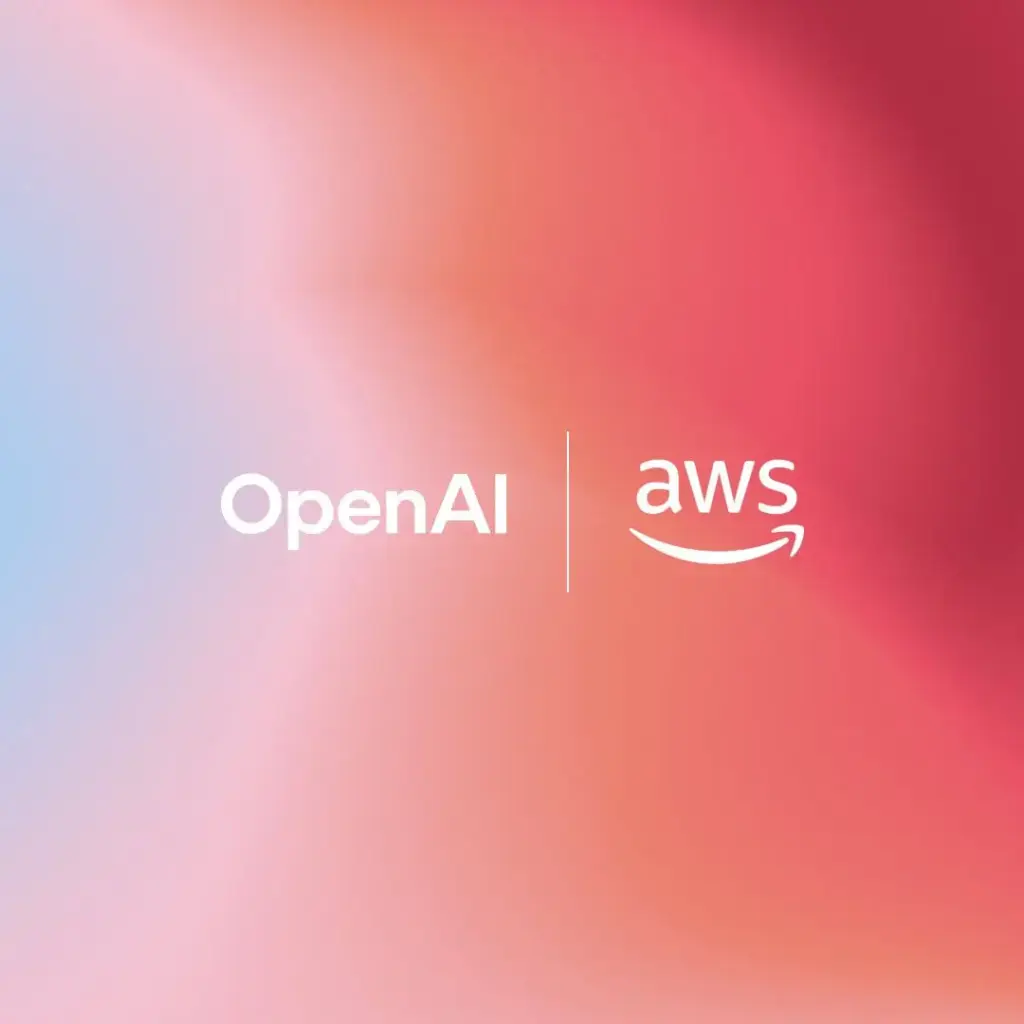
In a seismic shift that redefines the AI landscape, OpenAI has announced a monumental $38 billion, seven-year strategic partnership with Amazon Web Services (AWS). This blockbuster deal secures a colossal amount of cloud infrastructure for the ChatGPT creator and formally ends its exclusive reliance on its longtime partner, Microsoft Azure.
This is more than just a massive procurement contract; it is a declaration of a new, multi-cloud strategy for the world’s leading generative AI company and a powerful validation of AWS’s dominance in high-scale AI infrastructure.
The Engine of Next-Gen AI: Compute at Scale
The heart of this $38 billion pact lies in securing massive, immediate access to computational power. OpenAI will immediately begin utilizing AWS’s world-class infrastructure to run and scale its core AI workloads, including both the inference that powers ChatGPT and the intensive training required for future models.
- NVIDIA GPU Firepower: The agreement grants OpenAI access to hundreds of thousands of cutting-edge NVIDIA GPUs—including the powerful GB200 and GB300 accelerators—hosted on Amazon EC2 UltraServers.
- Rapid Deployment: AWS has committed to having all targeted capacity deployed for OpenAI by the end of 2026, with flexibility to expand further into 2027 and beyond.
- Agentic Workloads: The capacity will also scale to tens of millions of CPUs to handle the rapid growth of complex, multi-step “agentic” AI workloads.
As OpenAI CEO Sam Altman stated, “Scaling frontier AI requires massive, reliable compute. Our partnership with AWS strengthens the broad compute ecosystem that will power this next era.”
A Strategic Pivot: OpenAI’s Multi-Cloud Independence
For years, OpenAI’s infrastructure was synonymous with Microsoft Azure. This new deal, however, formalizes a pivotal strategic shift for the AI giant, which recently restructured to a for-profit entity and renegotiated its terms with Microsoft:
- Breaking Exclusivity: The partnership with AWS—its first major infrastructure commitment with the cloud market leader—removes Microsoft’s previous exclusive rights and right of first refusal on new OpenAI workloads.
- Diversifying Risk: By distributing its enormous compute demands across multiple hyperscalers (including AWS, a recent, separate, multi-hundred-billion dollar commitment with Microsoft, and smaller deals with others), OpenAI mitigates the risk of supply chain bottlenecks and single-vendor lock-in.
- Securing the Race: This multi-cloud approach ensures OpenAI has access to the vast, geographically dispersed compute resources necessary to fuel its relentless pursuit of Artificial General Intelligence (AGI), which is estimated to require a trillion-dollar investment in infrastructure over the coming decade.
The AWS Win: Consolidating Cloud Leadership
For Amazon Web Services, this is a monumental victory that solidifies its standing in the fiercely competitive AI infrastructure race.
AWS was already a major player, having invested heavily in rivals like Anthropic (with a multi-billion dollar commitment) and developing its own custom AI chips (Trainium and Inferentia). Securing OpenAI as a top-tier customer—the single most recognizable name in generative AI—sends a clear signal to the market.
“As OpenAI continues to push the boundaries of what’s possible, AWS’s best-in-class infrastructure will serve as a backbone for their AI ambitions,” said AWS CEO Matt Garman.
The deal reinforces the company’s ability to deliver the immense scale, security, and low-latency performance required by the world’s most demanding AI applications. Following the announcement, Amazon’s stock surged, reflecting strong investor confidence in AWS’s position as the foundational infrastructure layer for the entire AI industry.
The Bigger Picture: Compute as the New Strategic Resource
The $38 billion alliance between OpenAI and AWS is a stark reminder of the new economic reality: Compute is the new strategic commodity.
In an age where AI model size, complexity, and sheer usage are growing exponentially, long-term compute contracts are becoming the equivalent of locking in oil or manufacturing supply. This partnership demonstrates that the AI companies pushing the frontier will not be constrained by a single provider, marking the official arrival of the Multi-Cloud AI Era.
The race to AGI is accelerating, and the largest cloud providers are now the gatekeepers of the computing power that will define the next decade of technological innovation.







Comments 3